PDF-PALMERS FARMHOUSE
Author : faustina-dinatale | Published Date : 2016-06-29
Name List entry Number 1184729 Location PALMERS FARMHOUSE STATION ROAD Grade I Date first listed 01 Feb 1967 Date of most recent amendment 19 Aug 2003 Late C16
Presentation Embed Code
Download Presentation
Download Presentation The PPT/PDF document "PALMERS FARMHOUSE" is the property of its rightful owner. Permission is granted to download and print the materials on this website for personal, non-commercial use only, and to display it on your personal computer provided you do not modify the materials and that you retain all copyright notices contained in the materials. By downloading content from our website, you accept the terms of this agreement.
PALMERS FARMHOUSE: Transcript
Download Rules Of Document
"PALMERS FARMHOUSE"The content belongs to its owner. You may download and print it for personal use, without modification, and keep all copyright notices. By downloading, you agree to these terms.
Related Documents

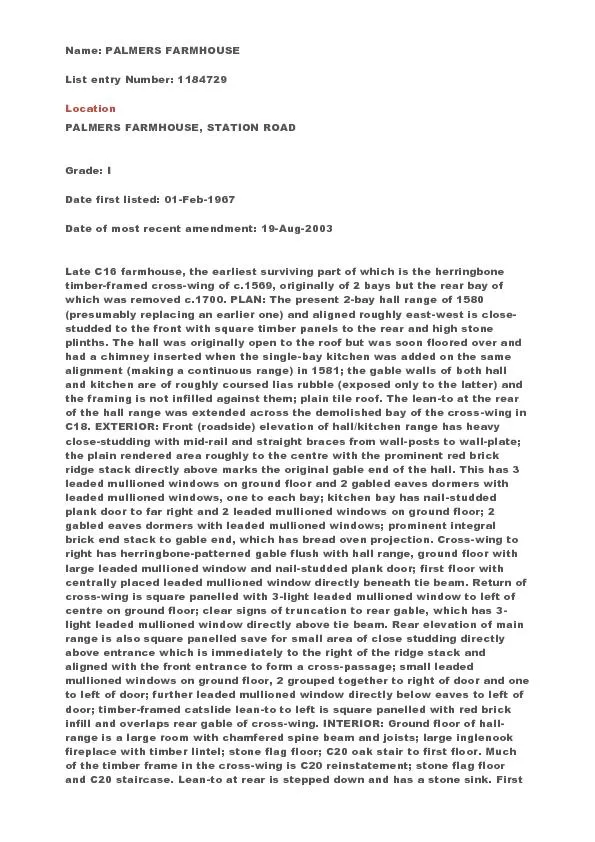
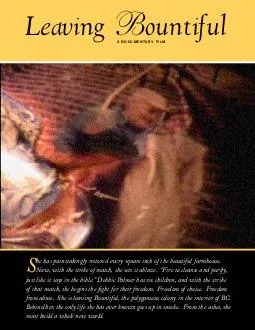
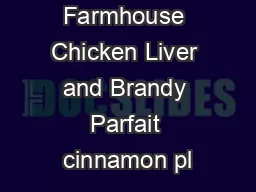
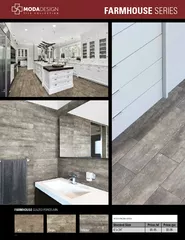
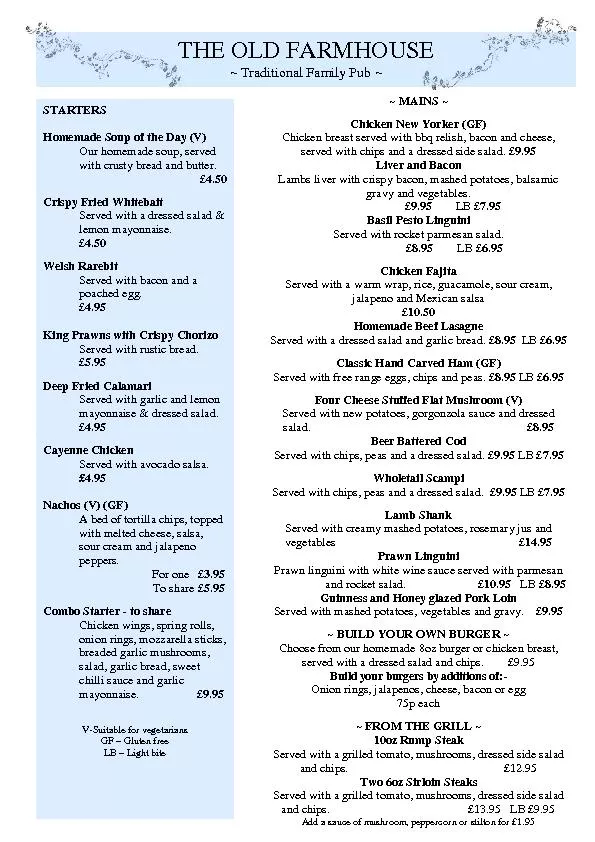
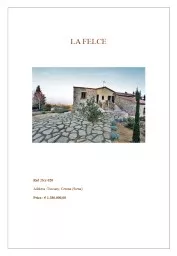


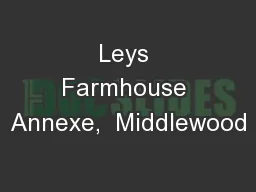
![[READ] - Recipes from the Farmhouse (Everyday Cookbook Collection)](https://thumbs.docslides.com/888551/read-recipes-from-the-farmhouse-everyday-cookbook-collection.jpg)
![[READ] - Recipes from the Farmhouse (Everyday Cookbook Collection)](https://thumbs.docslides.com/890385/read-recipes-from-the-farmhouse-everyday-cookbook-collection-61553fbb8f52d.jpg)
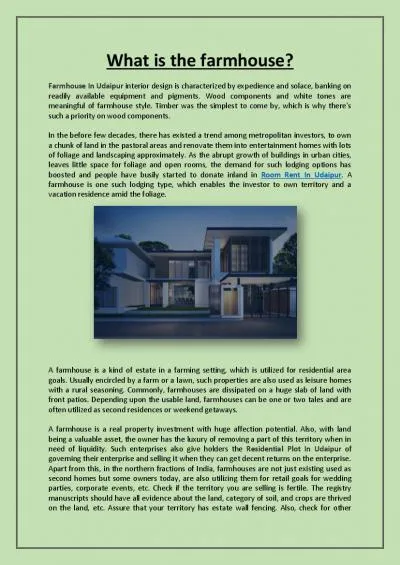
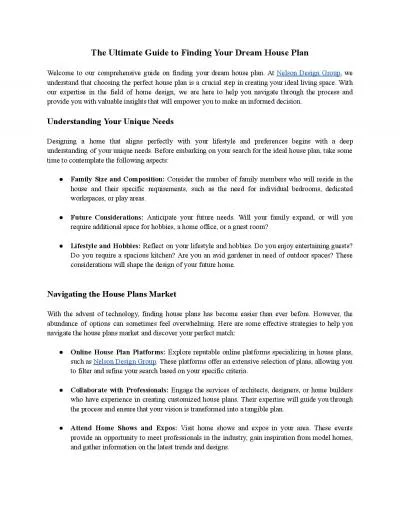
![[EBOOK] Farmhouse Plaid 2021 Weekly Planner: 2021 Weekly /Monthly Planner Doodle Calendar](https://thumbs.docslides.com/1005268/ebook-farmhouse-plaid-2021-weekly-planner-2021-weekly-monthly-planner-doodle-calendar-life-planner-2021-weekly-planners.jpg)